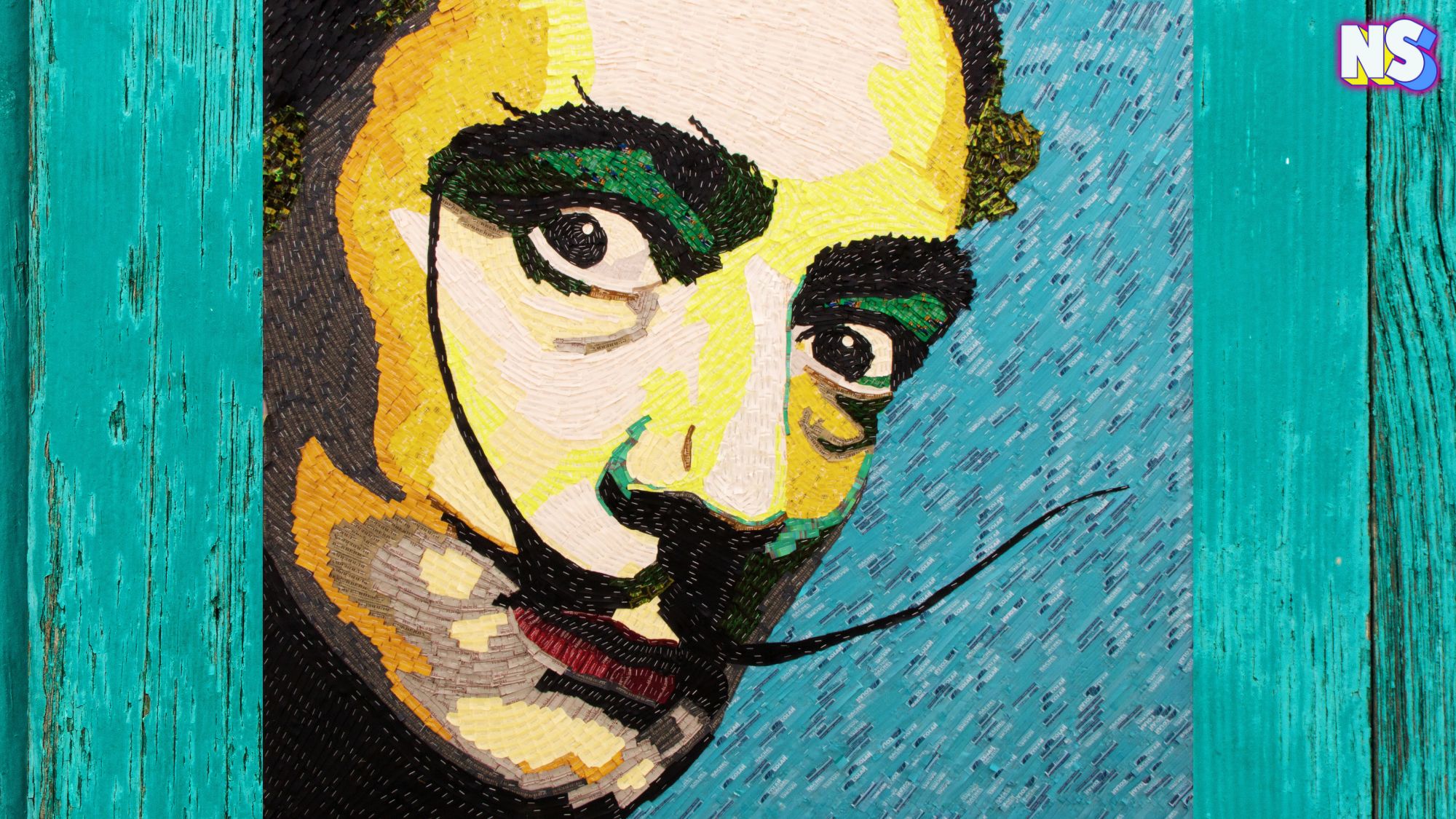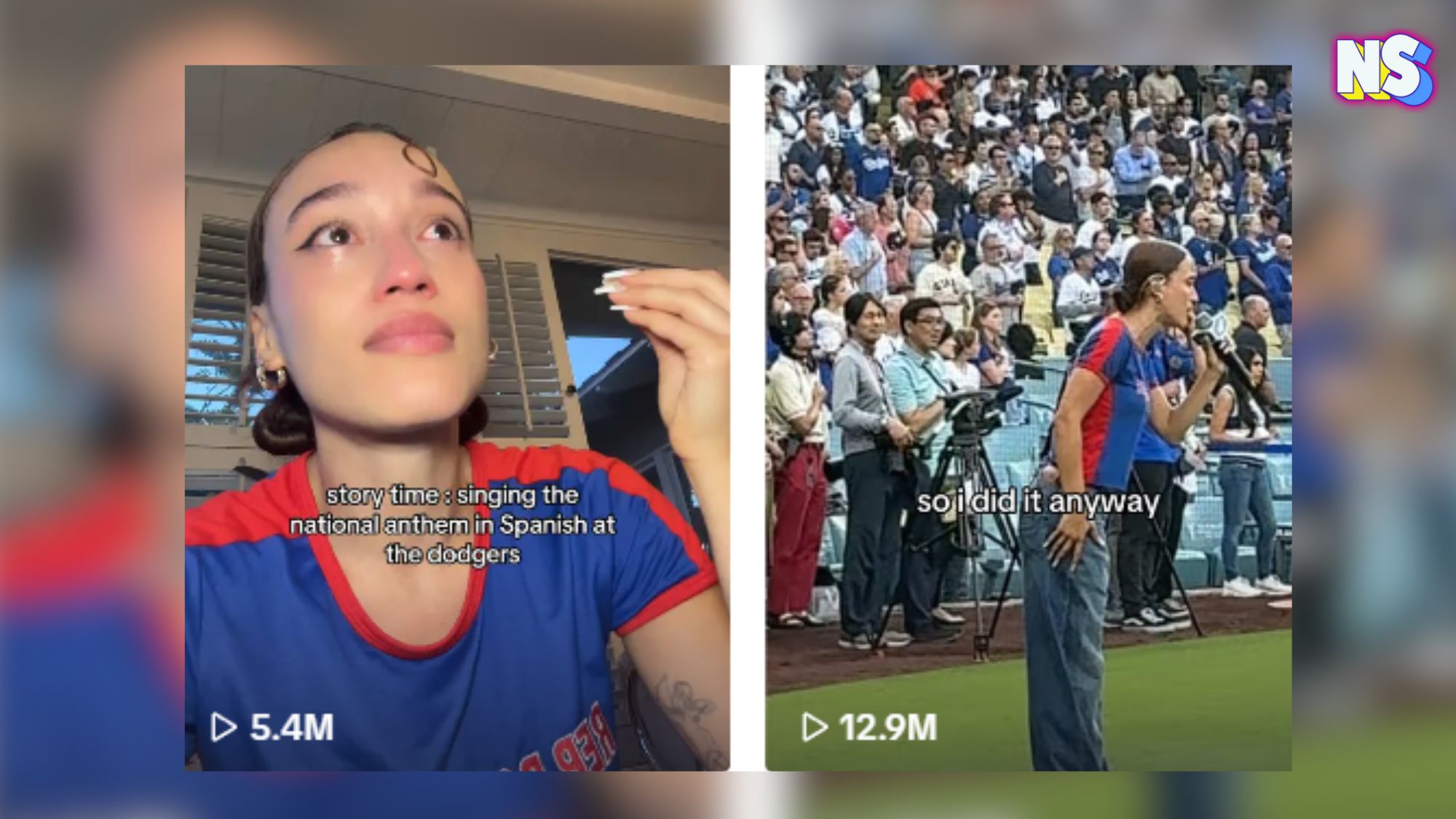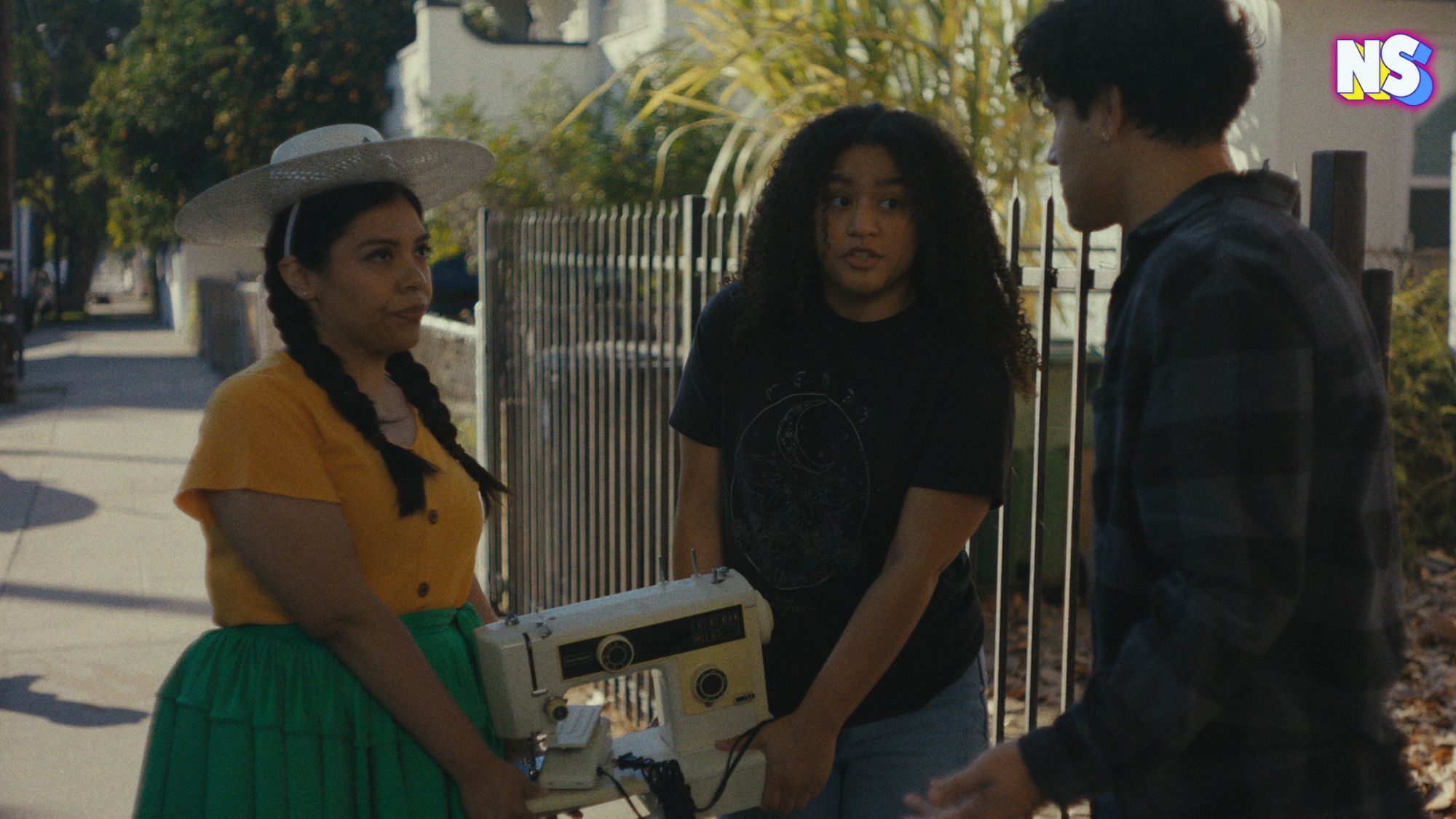Ah, Salvador Dalí! The enigmatic surrealist artist is known for his melting clocks, craggy desert landscapes, and that iconic gravity-defying mustache. The artist died in 1989 at the age of 84, but now his fans can ask Salvador Dalí anything. How is this possible? Quite simply, it’s all thanks to the creative minds at a Florida museum, a lobster telephone and artificial intelligence (AI).
Ask Salvador Dalí Anything
Imagine picking up a telephone receiver and hearing the unmistakable voice of Salvador Dalí on the other end. Visitors to the Dalí Museum in St. Petersburg, Florida, can now experience just that, thanks to an innovative exhibit called “Ask Dalí.”
“Created by creative ad agency Goodby Silverstein & Partners (GS&P) using the artist’s writings and audio recordings, the new project is powered by several machine learning models, including GPT-4 from OpenAI and Eleven V2 from ElevenLabs,” ArtNet explains.
The installation itself is based on a copy of Dalí’s famous Lobster Telephone sculpture. Visitors can pick up the crustacean-shaped receiver, ask any question they like, and hear Dalí’s response. His voice, speaking in heavily-accented English, is brought to life through generative AI.
So far, the AI Dalí has answered more than 3,000 questions over the museum’s lobster phone replica. People ask big questions about life, love, and death, and Dalí responds in his cryptic, whimsical way.
Dali Loved Technology
The AI Dalí’s voice was trained on voice samples from archival interviews Dalí did in English over his career. Since he spoke four languages (Catalan, Spanish, French, and English), the underlying model includes extensive information about him. The technology behind this surreal experience is OpenAI’s GPT-4.
But it’s not just Dali’s voice that’s meant to delight the museum goers. The answers are reminiscent of Dali as well. He was known for answering questions in odd ways.
According to PBS, “In 1966, when an interviewer with the CBC asked the artist if he thought he was crazy, Dalí’s response was: Dalí is almost crazy. But the only difference between crazy people and Dalí is Dalí is not crazy.’”
Dali is also known for his love of technology.
“Dalí was fascinated by the latest tools and technologies of his era and continually explored various artistic mediums,” Jeff Goodby, Co-Founder and Co-Chairman of GS&P explained in a museum release. “‘Ask Dalí’ provides a delightful new way to interact with machine learning technology. Dalí’s poetic writings, in an imaginative style all his own, are the basis of the training, which provides dynamic and unpredictable answers to visitors’ questions.”
About Dali’s Lobster Phone
Salvador Dali’s lobster telephone, also known as the “Aphrodisiac Telephone,” is one of his most iconic surrealist creations. It was designed in 1936 in collaboration with the English poet Edward James.
“Lobster Telephone (1938) by the Spanish artist Salvador Dalí is exactly what it sounds like: a plaster sculpture of a lobster attached to a real telephone,” the Smithsonian writes.
The original lobster telephone combines the unexpected juxtaposition of a common object – a telephone – with a surreal element – a lobster. The result is a whimsical and thought-provoking piece of art that blurs the boundaries between reality and fantasy.
The interactive AI lobster phone at the Dalí Museum in St. Petersburg, Florida was created in honor of what would habe been the artist’s 120th birthday, and will be running until May 11.





